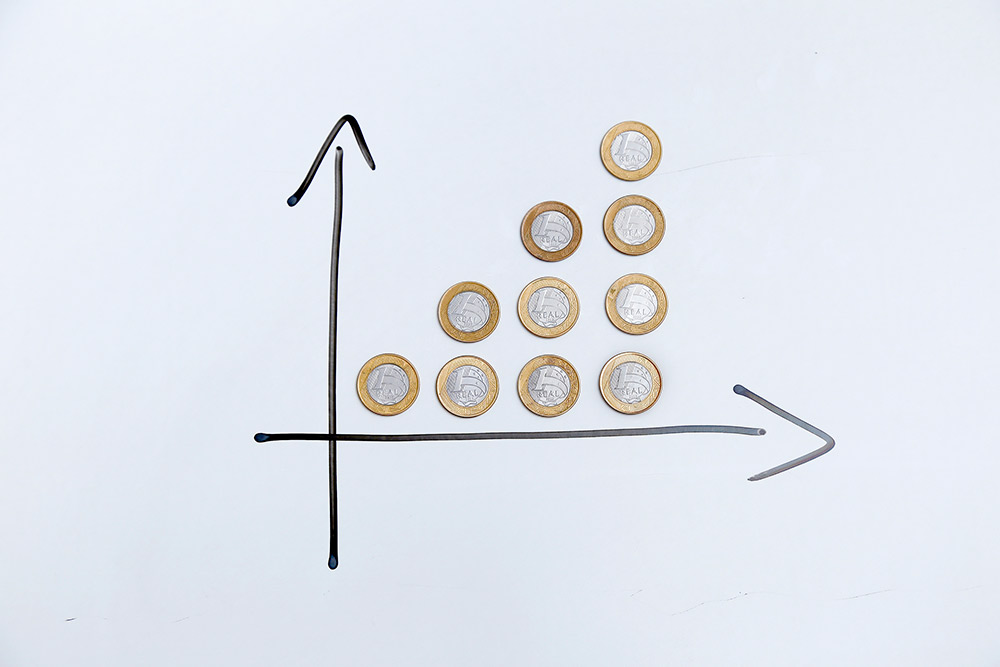Where do cash ISAs fit in a financial plan?
This content is for information purposes only and should not be taken as financial advice. Every effort has been made to ensure the information is correct and up-to-date at the time of writing. For personalised and regulated advice regarding your situation, please consult an independent financial adviser here at Castlegate in Grantham, Lincolnshire or other local offices.
Should you use a cash ISA? Until 6 April 2016, there was a strong argument in favour because tax was imposed on interest generated in most UK regular savings accounts. However, at this point the law changed – bringing in the Personal Savings Allowance (PSA), which lets you earn up to a certain amount in interest (each tax year) without facing tax. Now, in 2022, the cash ISA’s attractiveness depends on your financial goals and circumstances.
Below, our team at Castlegate (financial planners in Grantham, Lincolnshire) show how cash ISAs can fit into a financial plan. We hope you find this content helpful. If you want to discuss your own financial plan with us, please contact us for a no-obligation financial consultation, at our expense:
01476 855 585
info@casfin.co.uk
Cash ISAs and the PSA
The idea of a cash ISA is straightforward: it lets you earn interest within the account, tax-free. Up to £20,000 can be put into one each tax year. Cash held outside of an ISA might be taxed, depending on your circumstances.
For instance, a Basic Rate taxpayer can earn up to £1,000 interest outside an ISA each tax year without tax (under the PSA rules), whilst someone on the Higher Rate can generate up to £500. Given today’s low interest rate environment, it would take a high amount of cash savings to start exceeding these annual limits.
As an example, on a regular savings account with 0.20% interest a Basic Rate taxpayer would need to have £500,000 inside it to start going over the £1,000 PSA.
Since most people do not have this readily stored in cash, the PSA takes away much of the tax benefit of a cash ISA.
Where a cash ISA can work
The above scenario assumes the low interest rates of today will continue. However, this is not guaranteed. If interest rates rose to, say, 7% then this would change the calculations. Here, a Basic Rate taxpayer starts breaking over their PSA with about £14,285 in their regular savings account(s). For someone on the Higher Rate, only £7,142 would start to go over the PSA.
Of course, it has been a long time since interest rates came close to this. However, if interest rates ever did rise significantly in the coming years, then those with cash ISA savings may stand to benefit from less tax on interest. However, a dramatic rise is not likely – even with UK inflation currently on the rise. Historically, the Bank of England has raised rates gradually (e.g. 0.10% to 0.25%, then up to 0.50% recently). After all, a huge rise in a short space of time would almost certainly create huge market instability.
As such, building up large cash ISA savings to potentially save tax on interest in the distant future is likely not a wise strategy. Bear in mind that the government could, also, change the ISA rules in 5, 10 or more years so that tax savings on interest would be lower. Rather than base a tax plan on what “could happen”, it is usually wiser to build a strategy which accounts for the present tax landscape – with flexibility to pivot in the future, should this change.
Alternatives to consider
Whilst the cash ISA seems to have limited/niche utility at the present time, there are other types of ISA which can be far more promising to a financial plan. A Stocks & Shares ISA, in particular, can be a great vehicle for investing in shares, bonds and other assets – generating capital gains and dividends, tax-free. A Lifetime ISA (LISA) is also one of the best options for young people looking to build up a house deposit, since the government will “top up” your savings by 25% (up to £1,000 per tax year).
An ISA can also complement pensions nicely within a retirement plan, since these have no age limit on when they can be accessed (also, there is no “total” cap on your ISA savings – until the lifetime allowance for pensions). Therefore, a person who wants to retire early could lean more heavily on their ISA(s) in their early 50s – later drawing from pension pots once it is legal to do so (currently, age 55 – but rising to 57 in the future).
It is still important to discuss your tax strategy with a financial planner when exploring these ISA types. In particular, make sure you balance your ISA allowance with your other annual tax-free allowances. For instance, in 2021-22 you can generate up to £12,300 in capital gains – outside of an ISA – without facing tax. As such, if the tax year is coming to an end and you could still put up to £20,000 in ISA investments, then you could use this remaining capital gains tax allowance to sell some shares and move capital into your ISA(s). Again, seek advice if you are thinking of doing this. Your adviser can help ensure that you act in the best interests of your financial strategy and goals – avoiding inadvertent mistakes.
Conclusion & invitation
If you are interested in discussing your own financial plan or investment strategy with us, please get in touch to arrange a no-commitment financial consultation at our expense:
01476 855 585
info@casfin.co.uk












